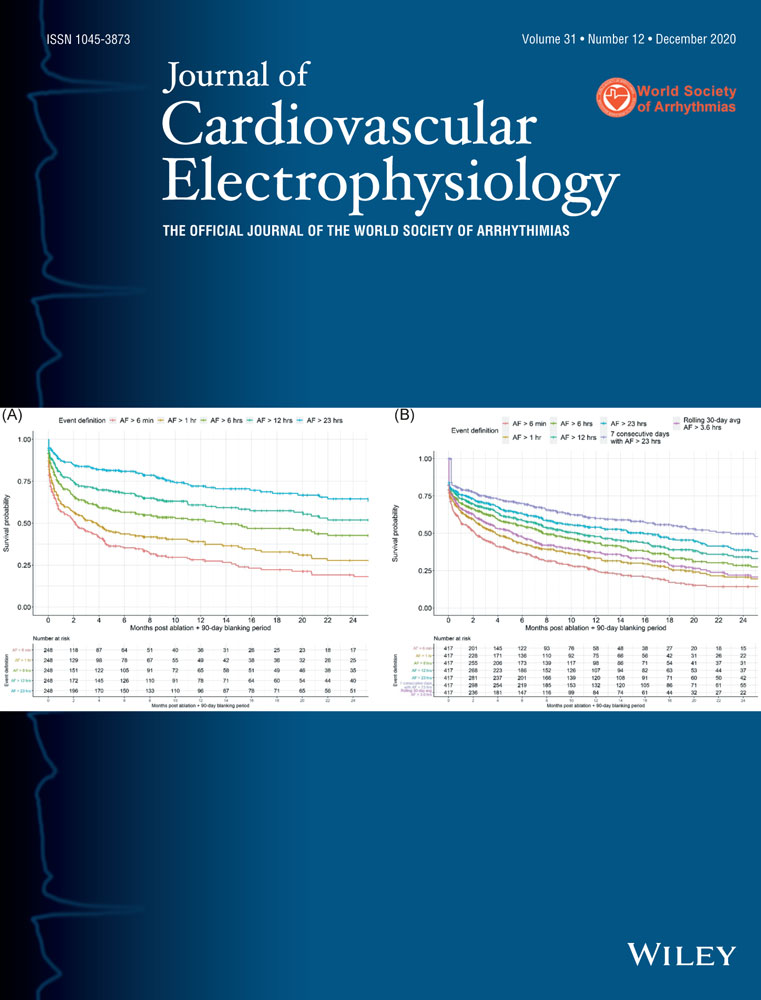Injectable conductive hydrogel restores conduction through ablated myocardium
Disclosures: Dr. Gatenholm has intellectual property in the nanocellulose-carbon nanotube hydrogel development process and owns a company (Cellheal, Inc.) that produces these materials. Other authors: No disclosures.
Abstract
Introduction
Therapies for substrate-related arrhythmias include ablation or drugs targeted at altering conductive properties or disruption of slow zones in heterogeneous myocardium. Conductive compounds such as carbon nanotubes may provide a novel personalizable therapy for arrhythmia treatment by allowing tissue homogenization.
Methods
A nanocellulose carbon nanotube-conductive hydrogel was developed to have conduction properties similar to normal myocardium. Ex vivo perfused canine hearts were studied. Electroanatomic activation mapping of the epicardial surface was performed at baseline, after radiofrequency ablation, and after uniform needle injections of the conductive hydrogel through the injured tissue. Gross histology was used to assess distribution of conductive hydrogel in the tissue.
Results
The conductive hydrogel viscosity was optimized to decrease with increasing shear rate to allow expression through a syringe. The direct current conductivity under aqueous conduction was 4.3 × 10−1 S/cm. In four canine hearts, when compared with the homogeneous baseline conduction, isochronal maps demonstrated sequential myocardial activation with a shift in direction of activation to surround the edges of the ablated region. After injection of the conductive hydrogel, isochrones demonstrated conduction through the ablated tissue with activation restored through the ablated tissue. Gross specimen examination demonstrated retention of the hydrogel within the tissue.
Conclusions
This proof-of-concept study demonstrates that conductive hydrogel can be injected into acutely disrupted myocardium to restore conduction. Future experiments should focus on evaluating long-term retention and biocompatibility of the hydrogel through in vivo experimentation.




